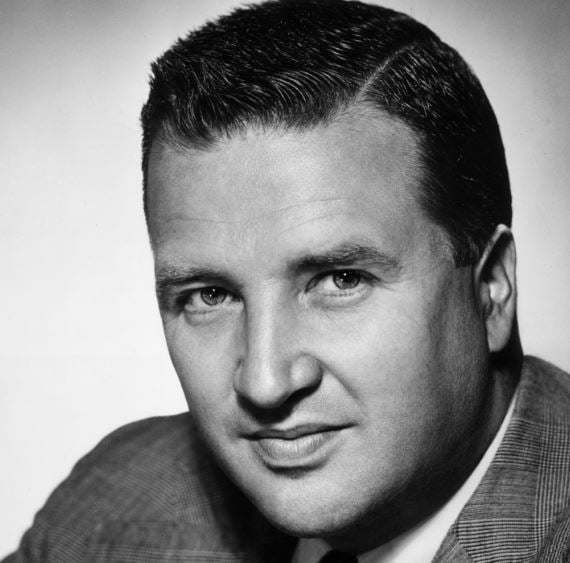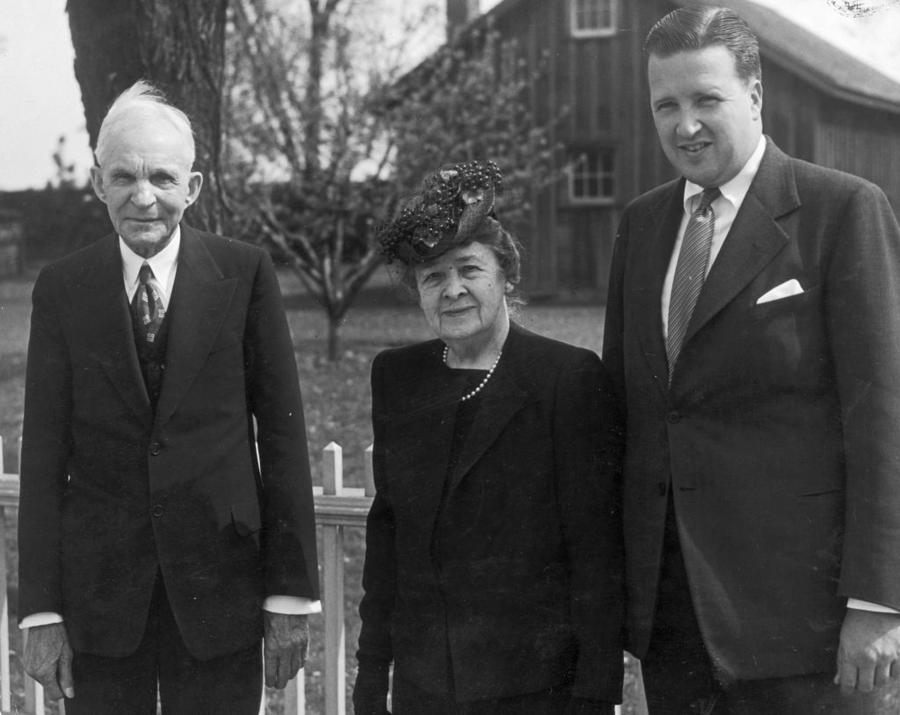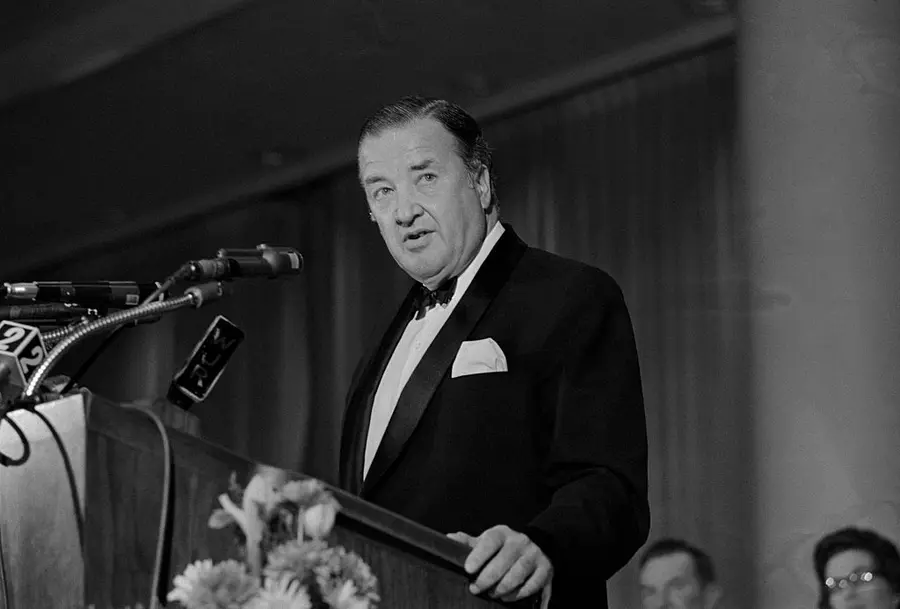What is Henry Ford II's Net Worth?
Henry Ford II was an American automotive executive who had a net worth of $400 million at the time of his death in 1987. The eldest grandson of pioneering automotive industrialist Henry Ford, Henry Ford II served as chairman of the Ford Motor Company from 1945 to 1960 and as CEO from 1947 to 1979. Under his leadership, the corporation became a publicly traded company in 1956. In the 2019 movie "Ford Vs Ferrari", Henry was portrayed by the actor Tracy Letts.
Early Life and Education
Henry Ford II was born on September 4, 1917, in Detroit, Michigan, as the eldest son of businessman Edsel Ford and his wife Eleanor. He had two brothers named Benson and William and a sister named Josephine. The children's grandfather was pioneering automotive industrialist Henry Ford, founder of the Ford Motor Company.
As an adolescent, Ford attended the Hotchkiss School in Lakeville, Connecticut, graduating in 1936. He went on to attend Yale University, but dropped out not long before his graduation.

Getty
Ford Motor Company
Ford was serving in the US Navy when his father passed away in the spring of 1943. Amid severe financial crisis for the Ford Motor Company, he left the Navy that summer and joined the company's management. He also became president of the philanthropic Ford Foundation. In 1945, Ford was named president of the Ford Motor Company. Inheriting a company wracked by wartime damage and declining sales, he took on an aggressive management style and brought on a number of experienced executives to support him, including John Bugas, who became his second-in-command. In 1946, Ford hired ten young US Army Air Forces veterans who came from a statistical team during World War II. Collectively, they became known as the Whiz Kids, and helped turn the company around with their sophisticated management control systems and their design for the hugely popular 1949 Ford. By 1956, the Ford Motor Company became a publicly traded company. Although he stepped down as president toward the end of 1960, Ford continued serving as CEO of the company until 1979. He was also chairman of the board of directors from 1960 to 1980.

Henry Ford II (r) with his grandparents Henry and Clara Ford (Photo by Hulton Archive/Getty Images)
In the 1960s, the Ford Motor Company gained recognition for its Ford GT40, a high-performance racing car intended to curb the dominance of Ferrari in the prestigious 24 Hours of Le Mans race. Later in the decade, Ford was personally involved in the development of the Lincoln Continental Mark III, a flagship vehicle that single-handedly made Lincoln profitable. Abroad, Ford worked to reform the European operations of the Ford Motor Company by merging its rival British and German subsidiaries into a single entity. Ford of Europe grew substantially in the 1970s, with its Valencia plant in Spain becoming one of the corporation's biggest plants outside of the US. Although Ford largely resisted the growing influence of Japan in the global automotive industry, he did establish a strong relationship with Mazda Motor Corporation. During this time, the president of the Ford Motor Company was Lee Iacocca, who often clashed with Ford's views; this resulted in Iacocca's firing in 1978. Although officially retired from all of his positions by the early 1980s, Ford continued serving as the ultimate authority of the Ford Motor Company until his passing in 1987.

Getty
Honors and Accolades
In 1969, Ford was given the Presidential Medal of Freedom from Lyndon B. Johnson. Later, in 1983, he was inducted into the Automotive Hall of Fame in Dearborn, Michigan.
Personal Life and Death
Ford was married a total of three times. His first wife was Anne McDonnell, whom he married in 1940. They had three children, including Edsel II, and divorced in 1964. Ford went on to marry Italian socialite Maria Cristina Vettore in 1965; they divorced in 1980. He subsequently wed Kathleen DuRoss, gaining two stepdaughters through the marriage. They remained together until Ford's passing seven years later.
On September 29, 1987, Ford died from complications of pneumonia at Henry Ford Hospital in Detroit. His remains were cremated, and the ashes were scattered.
/2019/12/Henry-Ford-II.jpg)
/2011/11/William-Ford-Sr-e1617491732338.jpg)
/2011/04/ef2.jpg)
/2013/03/GettyImages-108460004.jpg)
/2019/12/lee-iacocca.jpg)
/2023/03/Carroll-Shelby.jpg)
/2020/02/Angelina-Jolie.png)
:strip_exif()/2009/09/P-Diddy.jpg)
/2019/11/GettyImages-1094653148.jpg)
/2009/09/Jennifer-Aniston.jpg)
/2017/02/GettyImages-528215436.jpg)
/2018/03/GettyImages-821622848.jpg)
/2009/09/Cristiano-Ronaldo.jpg)
/2020/06/taylor.png)
/2019/04/rr.jpg)
:strip_exif()/2015/09/GettyImages-476575299.jpg)
/2009/09/Brad-Pitt.jpg)
/2019/12/Henry-Ford-II.jpg)
/2011/11/William-Ford-Sr-e1617491732338.jpg)
/2016/05/GettyImages-3133733.jpg)
/2022/05/henry.png)
/2011/04/ef2.jpg)
/2020/05/CNW-Man-6.png)
/2013/03/GettyImages-108460004.jpg)
/2013/03/GettyImages-95699987.jpg)
/2020/01/lopez3.jpg)
/2020/04/Megan-Fox.jpg)
/2009/11/George-Clooney.jpg)